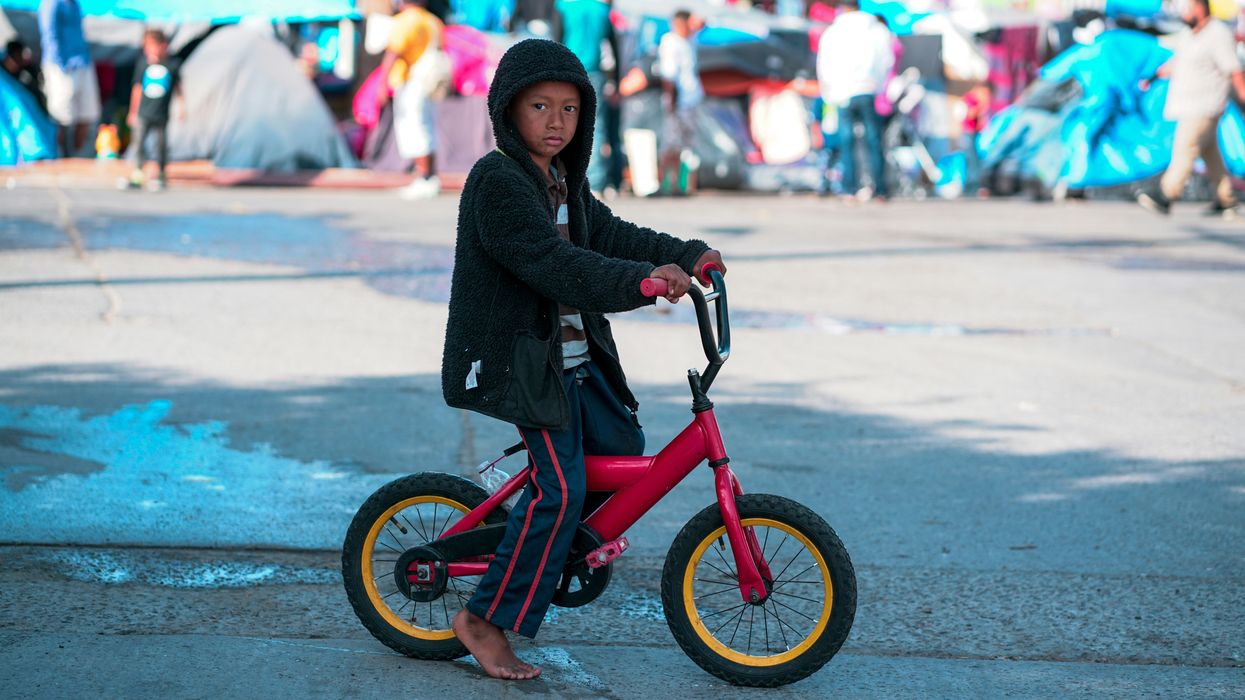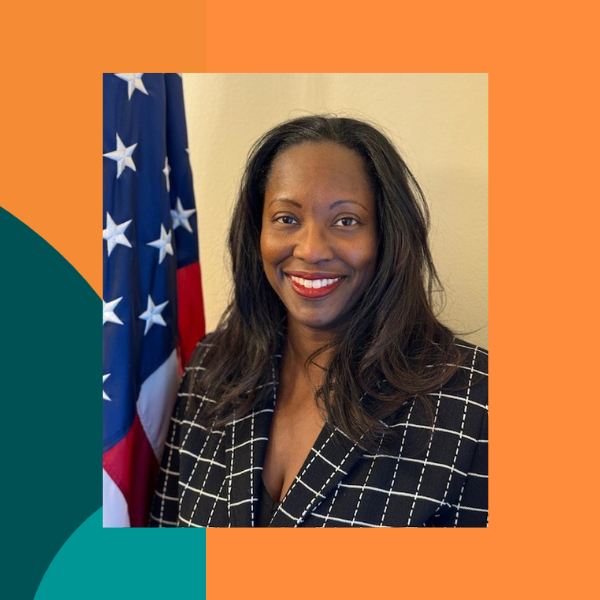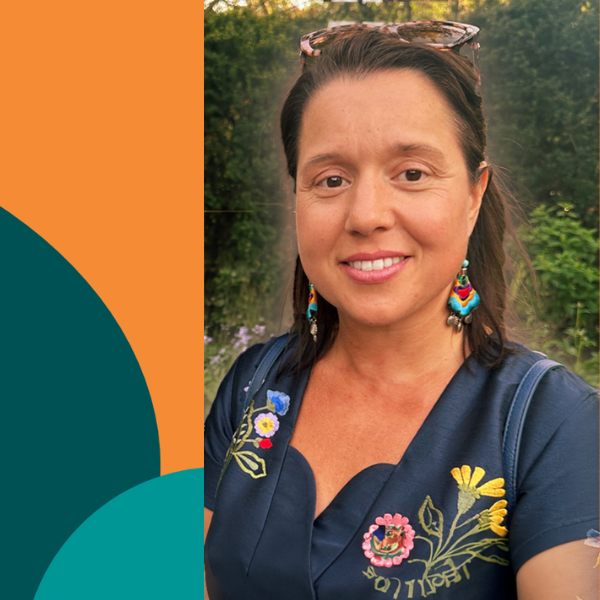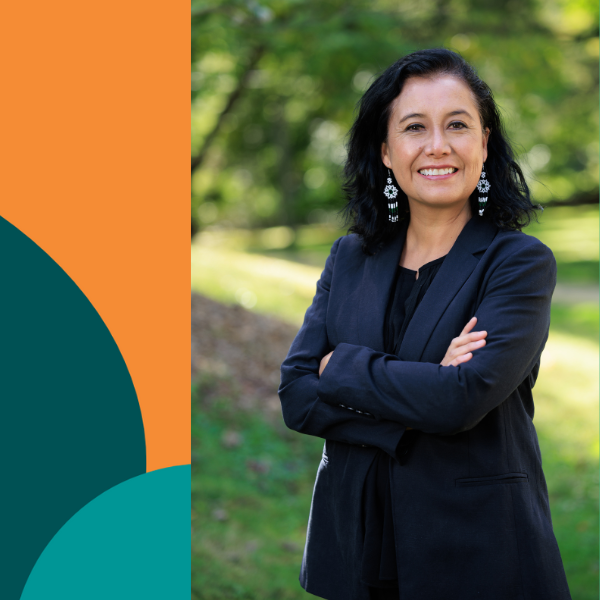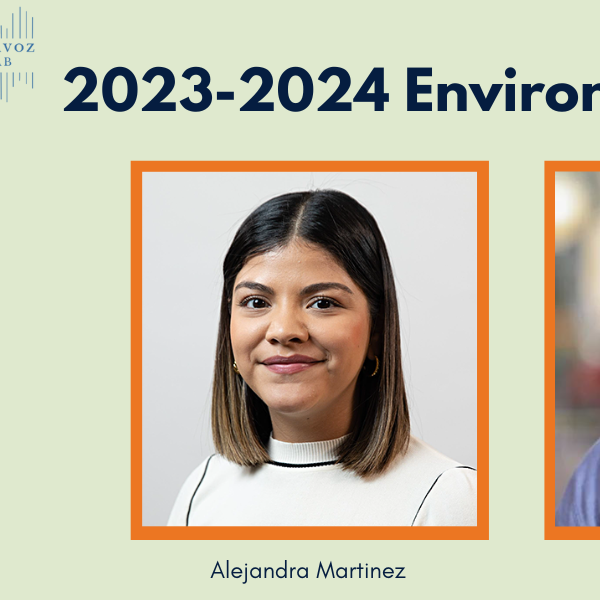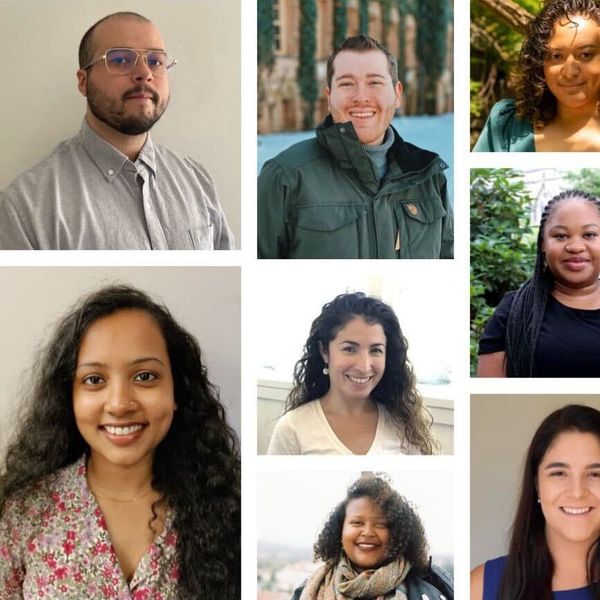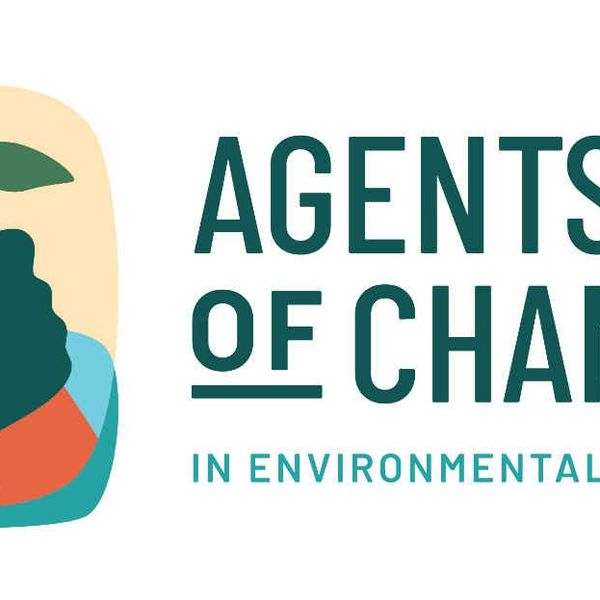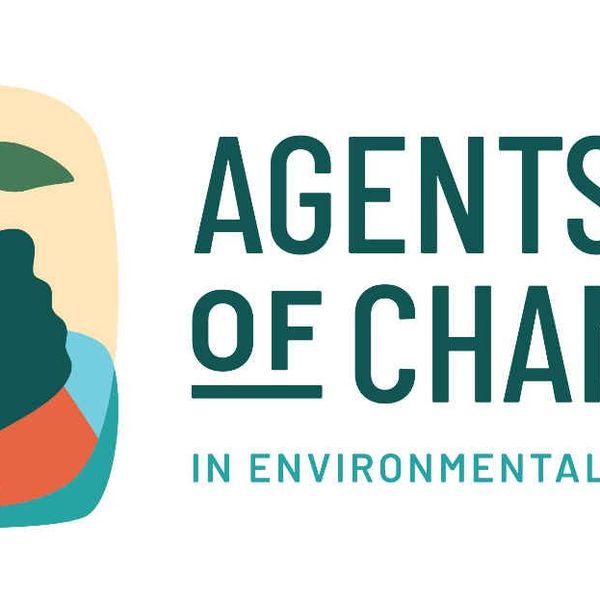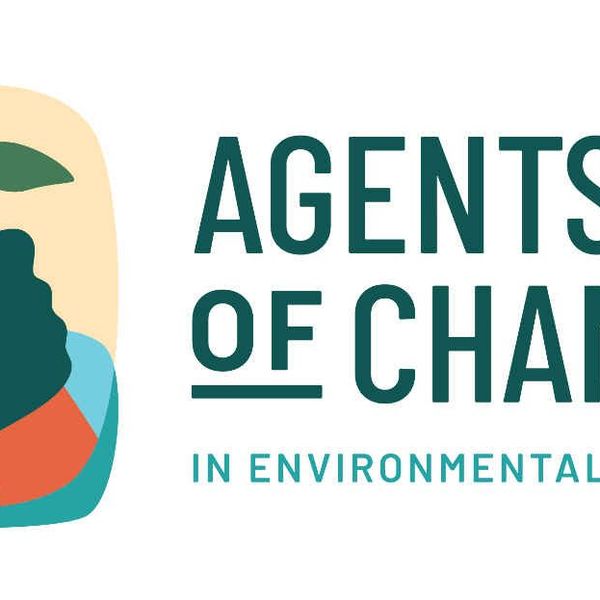At the break of dawn, in the dry and sweltering Arizona summer heat, my masáni, mom, aunts and many cousins round up our grandmother’s herd of sheep.
Even at sunrise, the parched soils release stored heat into our rubber-soled shoes. We’d herd the animals from their corrals in the canyon to our summer camp on Lukachukai Mountain. We’d stop at various steel troughs connected to well water that we’d hand pump full along the way. Under the midday sun, this water was a refuge for the animals and us, as we’d drink and often play in the water. During these herding journeys, I’d learn stories of the land and the interconnectedness between all living things. I was introduced to fundamental tenets of K’é [kinship] and Diné Bizaad [language] to understand myself as Diné and my relation to the land I walked on. Thus, sheep herding was in no way secular – it became a way of being embedded in cultural practice.
In returning to these sites as an adult, I learned that many pumps have dried up. Those still providing water could be unregulated sources of elevated contamination. With growing concerns about more extended drought periods and its associated costs, my family auctioned off the last of their flock this past year – an increasingly common decision shared across the reservation, as many Diné families face similar circumstances of finding and securing water at longer distances. The gradual loss of these once-everyday practices made me appreciate even more the cultural teachings that came with them. I’ve seen how beginning as early as my generation, many Diné youth have limited experiences with our culture and language. Water scarcity, exacerbated by climate change, is creating a present and a future in which our children are on track to only hear of sheep herds as a memory. There is a cultural cost to climate change.
Sustaining our Diné identity through our youth is critical, and is a call shared across all Indigenous groups. However, the forces that have tried to exterminate us and our cultures have pulled from different directions. On one hand, Indigenous children have been forcibly removed from their communities –and their cultures – through assimilation policies. The neglect of the federal government toward tribes, especially regarding water access and basic infrastructure, has created living conditions in Native households that ultimately help to justify the removal of our children. This fractures our communities even further and weakens our sovereignty, opening Native land, resources and our children to non-Native interests. With this in mind, to ensure the continuation of our culture and our communities, we need to understand the intricate relationships between culture, language and nature, and promote policies that ensure our children can access a safe, healthy and thriving environment.
Cultural harm through laws

A dried up well that the author's family used to use on their herding journey.
Credit: Pearl Goldtooth

"There is a cultural cost to climate change."
Credit: Pearl Goldtooth
U.S. Native nations face an existential threat in retaining our cultural identities and sovereignty since we became nations within a nation. This long-standing genocidal project dates back centuries and has adversely impacted generations. Many of our families are still reconciling its impact through our grandparents' generation, who were among the last to endure U.S.-sanctioned Indian boarding schools managed by Christian missionaries. Beginning in 1819, the federal government enacted the Indian Civilization Act to assimilate Indigenous children by forced removal and placement into boarding schools operated by churches until the 1960s. By 1900, an estimated 20,000 Indigenous children were taken, and by 1925 just under 70,000 were recorded. On May 11, 2022, the U.S. Department of Interior released its Federal Indian Boarding School Initiative Investigative Report, which confirmed the experiences and testimonies of survivors decades prior. More than 500 Indigenous child deaths were identified across 408 Indian boarding schools. This sobering announcement came a year after investigators from Cowessess First Nation in Saskatchewan, Canada, discovered more than 600 unmarked graves at a single Indian residential school.
This essay is also available in Spanish
Concurrently, tribes were being relegated to reservations that average to the present-day size of 2.6% of our historical lands. Inside these limited areas, the federal government failed to build infrastructure, such as access to clean drinking water, creating the current situation where it’s estimated that nearly half of the households on reservations do not have clean drinking water or adequate water sanitation. This past and present reality further compounded the narrative that Native children were better off in ‘civilized’ and well-resourced societies.
So it comes as no surprise that even after the closing of Indian boarding schools, thanks to the upheaval from tribes, our children were still being removed from their families and placed into foster care and non-Native adoptive homes. Indigenous children were “overrepresented in foster care at a rate of 2.7 times greater than their proportion in the general population,” found the National Indian Child Welfare Association. This prompted tribal-directed activism that led to the congressional enactment of the Indian Child Welfare Act (ICWA) of 1978. ICWA ensures to “protect the best interest of Indian children and to promote the stability and security of Indian tribes and families.”.
In spite of the recent Supreme Court ruling in favor of ICWA, cases like Brackeen v. Haaland, actualize the existential threat to our sovereignty by threatening to undo protections like ICWA. The court case, supported by Texas, Louisiana, Indiana, Oklahoma and Ohio, claimed that the successful adoption of a Cherokee/Navajo (Diné) child by a white couple was hindered (a total of four months) by the ICWA process. In November 2022, the Supreme Court heard oral arguments that challenged ICWA, asserting that its “classification of ‘Indian child’ is race-based and violates the Equal Protection Clause.” As a Diné trainee in environmental health, I work with census and cohort data that categorizes my community and other tribal citizens alike into a conflated singular racial group that neutralizes our politically distinct identities. I’m frustrated and disappointed that centuries of precedence that affirm our political status as sovereign tribal citizens can be discarded, effaced and ultimately overturned.
Although it might seem unrelated, the current fate of water affairs for U.S. tribal nations is intimately tied to this Supreme Court case. Not a week later, the Supreme Court ruled against the Navajo Nation in a water rights dispute. In building on my colleague’s assessment of Arizona v. Navajo Nation, the common thread to both cases lie in their interpretation of federal responsibility to tribes, tribal citizens and resources on tribal lands. Federal ‘fiduciary’ responsibility can be concerned with the welfare of a Native child, but not with the welfare of their environment. It’s a curated paradox. They can return our children to us, but they return them to unchanged conditions and environmental contamination that may have contributed to their initial removal. Addressing water injustice on Native lands, like the U.S. government's failure to ensure reservations have access to clean drinking water, relies on understanding water justice as tribal sovereignty. A vision that can be endorsed by non-Native researchers, scientists and everyday professionals. Our holistic welfare requires upholding all facets of tribal sovereignty that concern our children, our water and ultimately, our nation-to-nation standing.
Tribal independence and self-determination are key to saving our culture and environment

The author's family now makes the herding journey with cattle.
Credit: Pearl Goldtooth

"Our children come from powerful and resilient families that span generations of ancestral knowledge."
Credit: Pearl Goldtooth
Since the first recorded treaty on a Gaswendah (Two-Row) wampum belt between the Haudenosaunee Confederacy and Dutch traders in 1642, nearly 400 treaties have been signed between tribes and the United States. Under the Constitution, these treaties are legally binding contracts that are “the supreme law of the land,” confirming special rights, benefits and conditions for tribes who ‘agreed’ to cede millions of acres of land to the U.S. in exchange for federal protection, recognition, services and reserved, but limited, property rights. Yet the government has failed to comply with these treaties, leading to broken promises.
An example of these broken promises is the water crisis endured by many tribes in the Southwest and Western regions of the U.S., which only until recently saw significant investment and recognition after a decades-long struggle to establish adequate water infrastructure in our communities. President Biden’s Bipartisan Infrastructure Law includes a $2.5 billion investment toward the Indian Water Rights Settlement Completion Fund that seeks to “deliver long-promised water resources to Tribes.” Still, in recent cases concerning proposed oil pipeline construction over or near existing community water systems that predominantly serve tribal communities, federal officials fail to recognize and uphold their responsibilities to tribal governments.
Protecting our children means protecting our water
Considering all of this – the potential undoing of ICWA and the lack of water infrastructure and its impacts on water quality – we need to stop compartmentalizing the environment, family and culture as separate problems. My childhood experiences between my masáni’s canyon and her summer camp in the mountains have helped me frame environmental justice to encompass non-traditional environmental health issues, such as language and culture, as interconnected features of the environment, because these teachings come paired with cultural practices like sheep herding that rely on adequate water infrastructure. Our communities demand justice and accountability.
Our children come from powerful and resilient families that span generations of ancestral knowledge. Recent developments in federal services with Biden’s administration are not enough if our children are continuing to be removed at rates higher than any other community. We come from survivors of genocide. Now, we demand environments for us, our grandparents and our children to thrive.
This essay was produced through the Agents of Change in Environmental Justice fellowship. Agents of Change empowers emerging leaders from historically excluded backgrounds in science and academia to reimagine solutions for a just and healthy planet.
- Colonialism, the climate crisis, and the need to center Indigenous voices ›
- Opinion: Water injustice on display in the Southwest US ›
- LISTEN: Valerisa Joe-Gaddy on tribal water justice ›
- LISTEN: JoRee LaFrance on water research and advocacy for the Crow Tribe ›
- Opinion: Restoring our waters is restoring ourselves ›
- Sacred Water: Environmental justice in Indian Country. ›


















